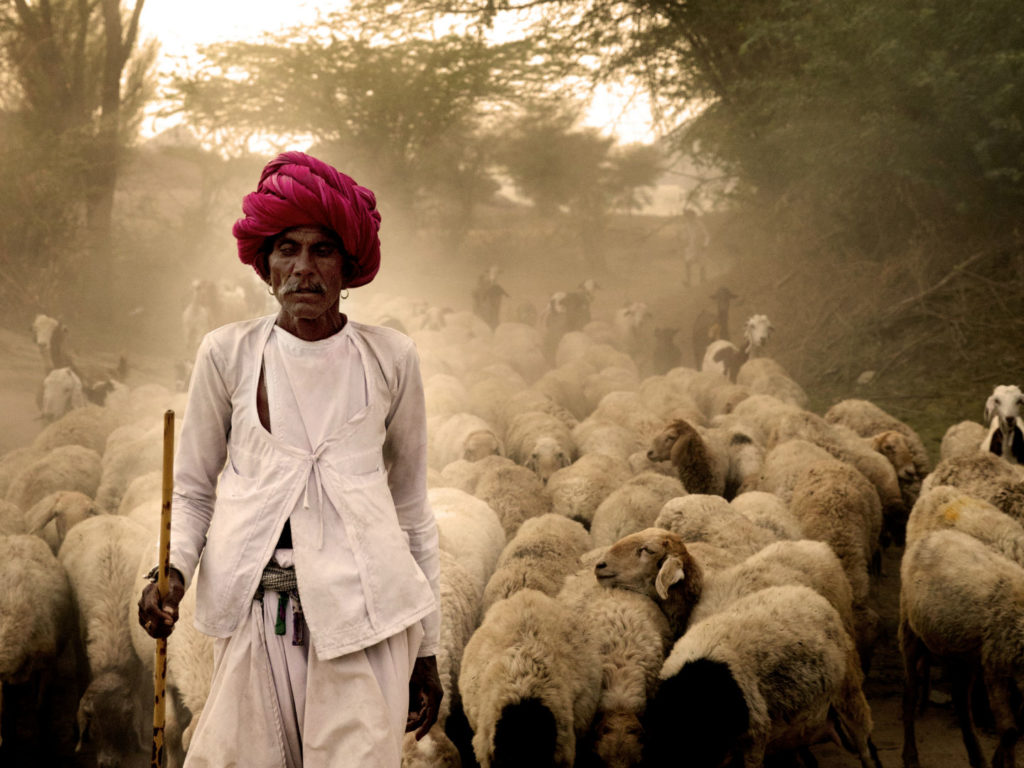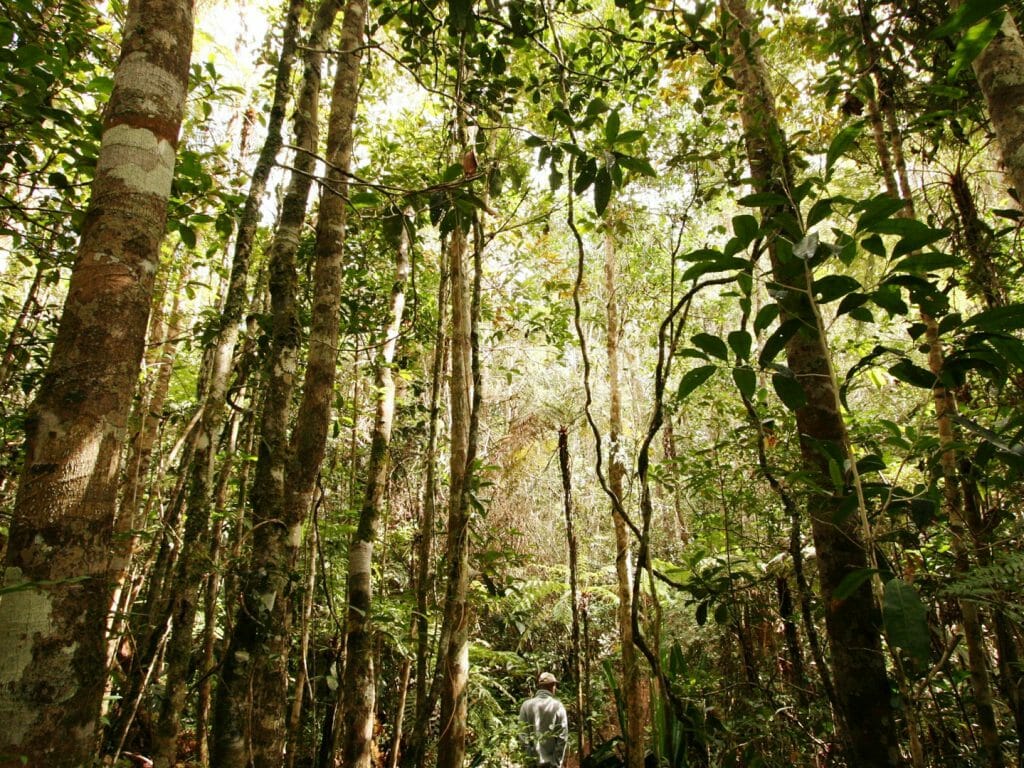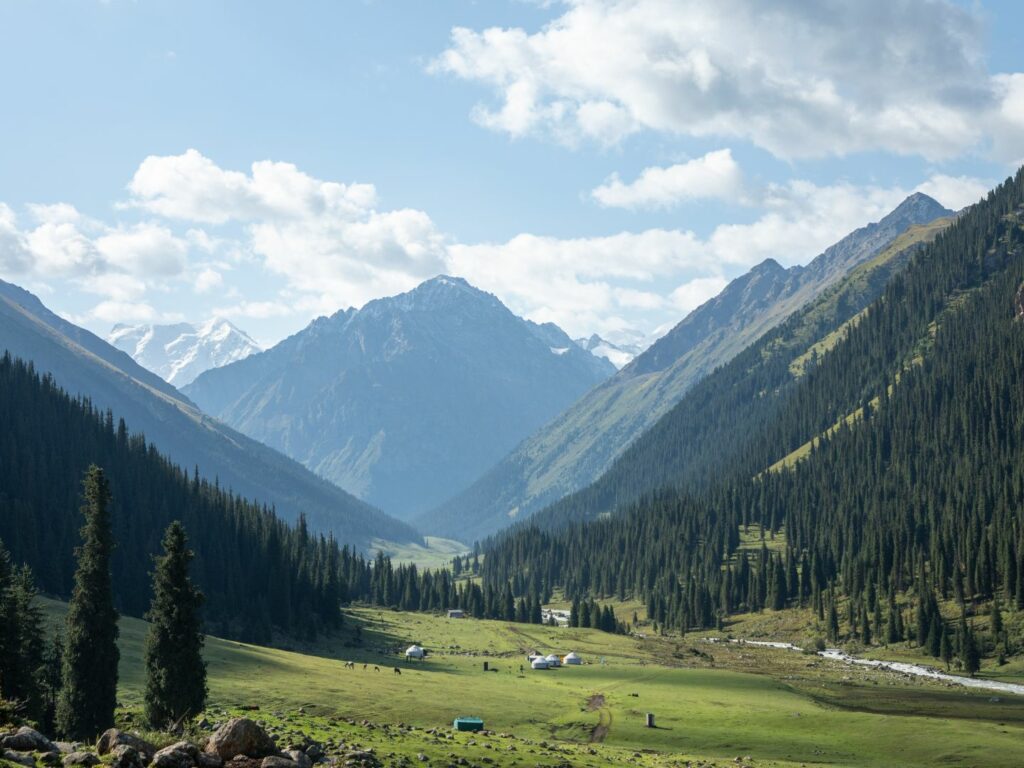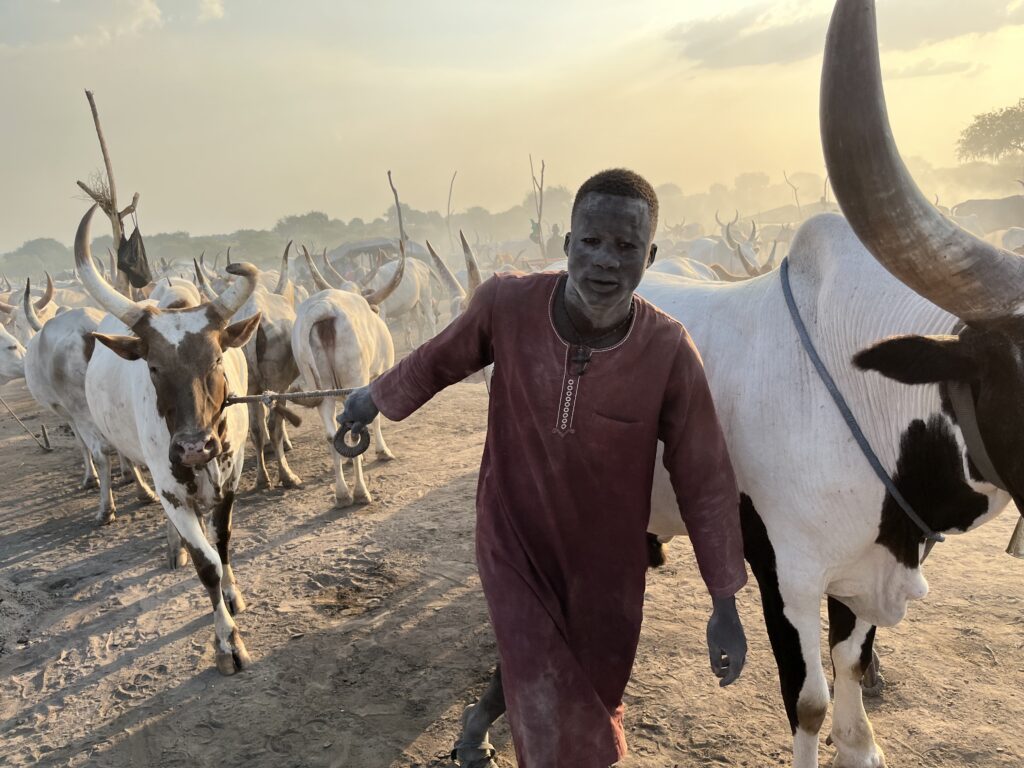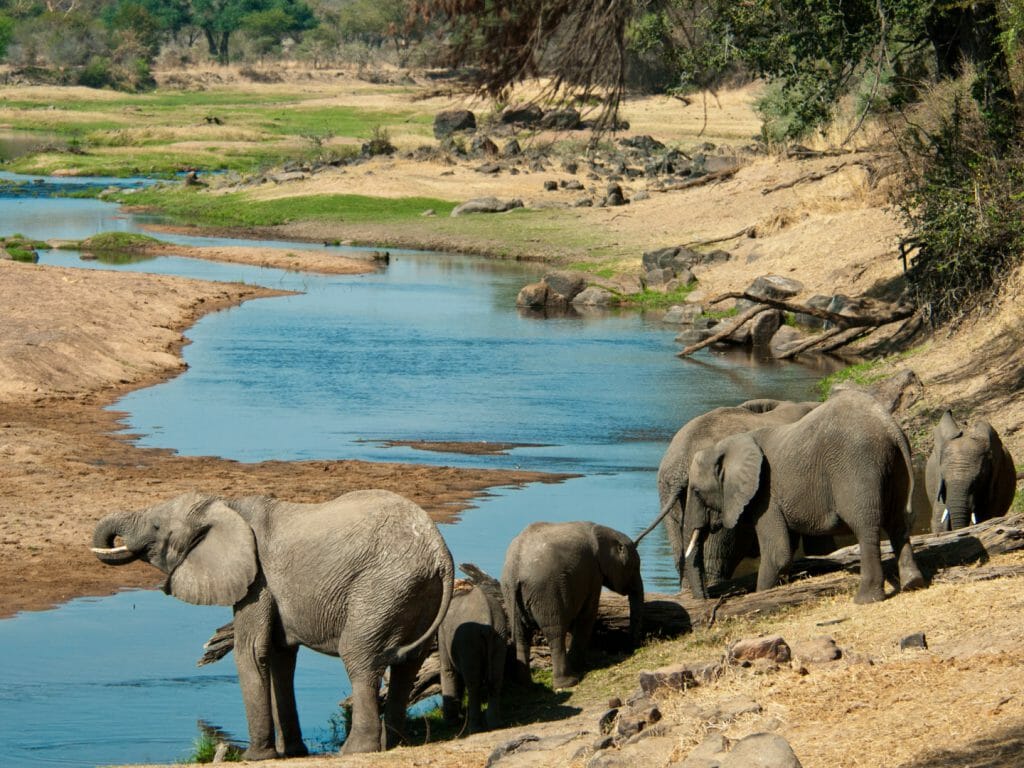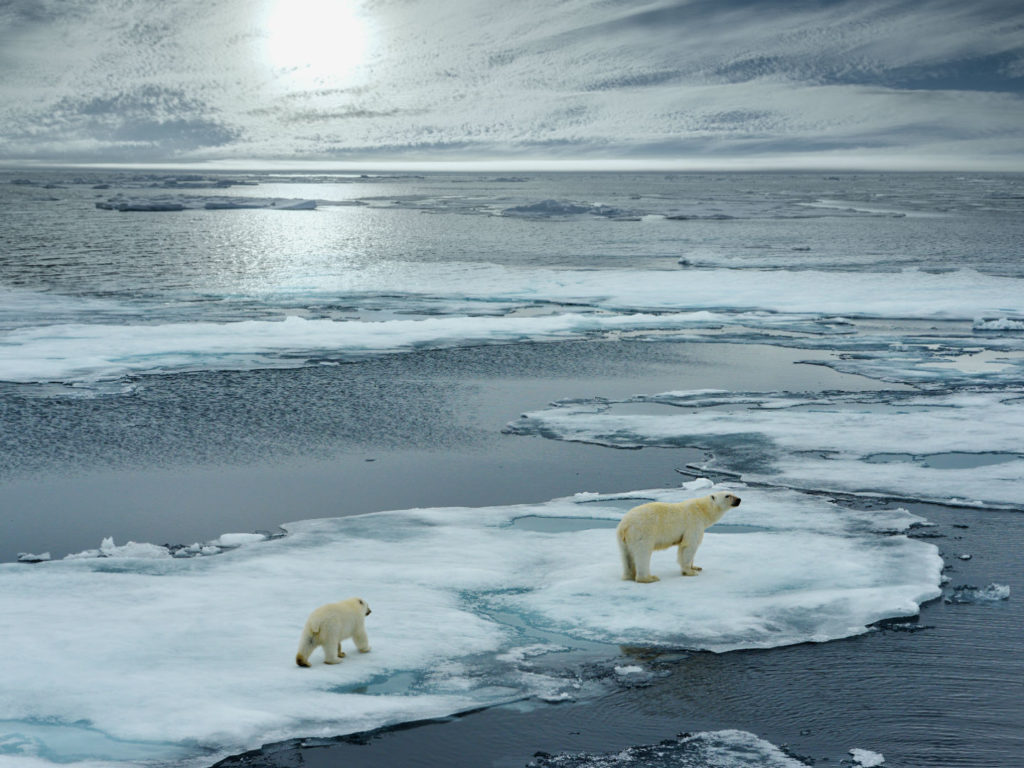For years I have argued that tourism is in danger of becoming a victim of its own success in a classic example of the tragedy of the commons. Namely that tourism is not looking after the goose that lays the golden egg and is in danger of over-exploiting that which its success has been based on.
The emergence of the term ‘overtourism’ is thus not a new problem but rather a debate that has moved on and, at last, reached a wider audience.
What is the problem? On a very basic level, there are more tourists than ever before. The world is getting richer, with an ever-growing middle class emerging in developing countries, and many of these people are spending their disposable income on travel. In 2017, the number of international tourist arrivals grew to 1.3 billion, an increase of 7%. The UN World Tourism Organisation (UNWTO) forecasts that this will continue to grow in 2018, but at a more sustainable pace of 4–5%.
This is most notable in the Indian domestic market and the Chinese market. At the beginning of the 21st century, just 10.5m overseas trips were made by Chinese residents. In 2017, the figure was 145m – an increase of 1,380 per cent. The China Outbound Tourism Research Institute (COTRI) predicts that overseas trips by the country’s residents will increase to more than 400m by 2030.
Another issue is the availability of cheap flights, which have saturated Europe and China in recent years. I wrote the below four years ago when I was in Lhasa:
“I board the plane to take me away from the rarefied heights of the plateau. It is an Airbus 320 and full. I am the only laowei, foreigner, on board. Next to me sits a young Chinese woman, baseball cap round the wrong way, plastic pink lipstick and iphone glued to her multi-coloured finger nails. This is one of some fifty flights into and out of Lhasa every day. Remote is somewhere that is increasingly difficult to find.”
In short, overtourism occurs when there are too many visitors to a particular destination. ‘Too many’ is a subjective term for which there is no benchmark or formula. ‘Too many’ is ultimately defined by the local residents and business owners in each destination. When locals are pushed out due to higher tourist prices, when landmarks are swamped by people, when wildlife is scared away and when fragile environments become degraded – these are all signs of overtourism.
What made the news in 2017 was the sudden backlash from local residents. The balance tipped and and the local residents had had enough – there were marches and posters protesting against the plague of tourists.
As tourists and tour operators we can ensure our own behaviour is as beneficial as possible, but to really effect change across the industry, and around the world, things need to happen at a much higher level. Governments and local authorities need to look at ways to limit tourist numbers – whether by raising prices, issuing permits to certain attractions, banning cruise ships over a certain size – thousands of passengers spill out from cruise ships into port cities each day, spending and contributing little other than clogging up historic streets.
When it is cheaper to fly from London to Morocco, than to take a train from London to Manchester – then we have a problem. These artificially low fares are only possible thanks to tax and VAT not being charged on aviation fuel. Cruise ships, too, are allowed to burn a particularly cheap and polluting type of fuel, which also allows them to keep costs low. This needs to change.
In terms of wildlife, I am a firm believer that tourism must pay its way, that money is desperately needed to strengthen conservation efforts. For example, it is criminal that the Ecuadorian government has not raised the park fee to enter the Galapagos in the last fifteen years and it remains at a paltry US$100. This means that if you stay in the Galapagos for a week, you are paying less than US$1 per hour for the privilege of doing so. Compare that to the US$1,500 cost to spend one hour with Rwanda’s gorillas. It comes as little surprise that Rwanda’s tourism model has been a success for both local communities and the gorillas themselves – some argue that the gorillas might not be here had not such economic value been placed upon them.
The travel industry, like many others, focuses almost exclusively on growth, with little or no concern for the impacts. After decades of virtually uncontrolled growth, it has crossed a threshold: in many destinations, tourism now demonstrably creates more problems than benefits. It is time for change and Steppes Travel will campaign for quotas on fragile areas such as Antarctica and the Galapagos, to name but a few.


